Best Pelvic Floor Exercises
Feb 6, 2023
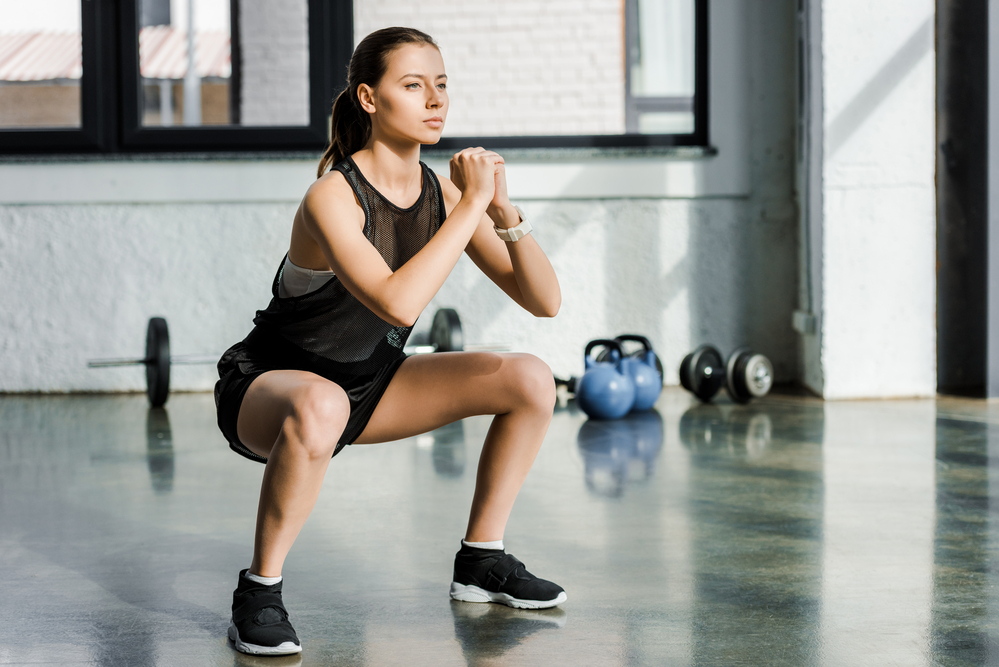
The pelvic floor muscles help to support the bowels and bladder in both men and women. In women, they also help to support the uterus, and they can also affect sexual function in men. These muscles can weaken with age or, in women, after childbirth. If you have weak pelvic floor muscles, you may experience incontinence, painful sex, or uncontrollable gas.
Fortunately, there are exercises you can do to help strengthen your pelvic floor muscles. These are the best exercises for pelvic floor muscles.
Exercise #1
Kegel Exercises
Many people have heard of Kegels as the exercises women have to do after childbirth. However, they can be performed by anyone to strengthen the pelvic floor muscles. Kegels involve contracting and then relaxing the pelvic floor muscles. The trickiest part of performing Kegels is identifying which muscles you need to use. They’re the same muscles that you would use to stop in the middle of urinating.
Exercise #2
Bridge
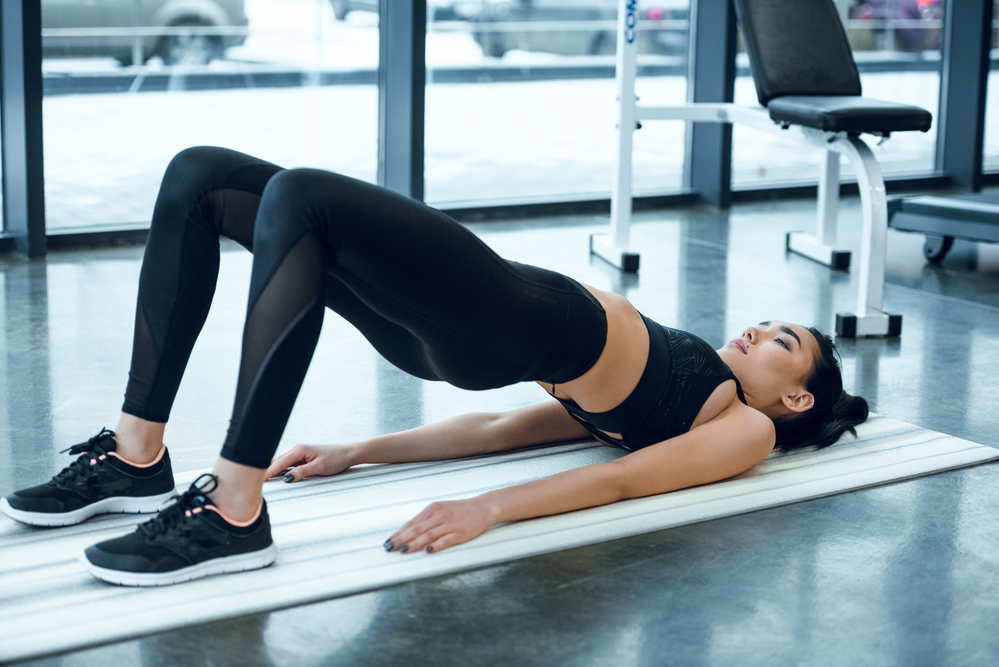
Bridges are usually done to strengthen the glutes, but they can also strengthen the pelvic floor muscles when done correctly. To do a bridge, lay down on the floor. Place your feet on the floor with your knees bent and place your arms at your sides with your hands flat against the floor. Then, lift your hips into the air so that your knees are bent at a 90-degree angle. Stay there for a few seconds and then return your hips to the floor.
Exercise #3
Squats
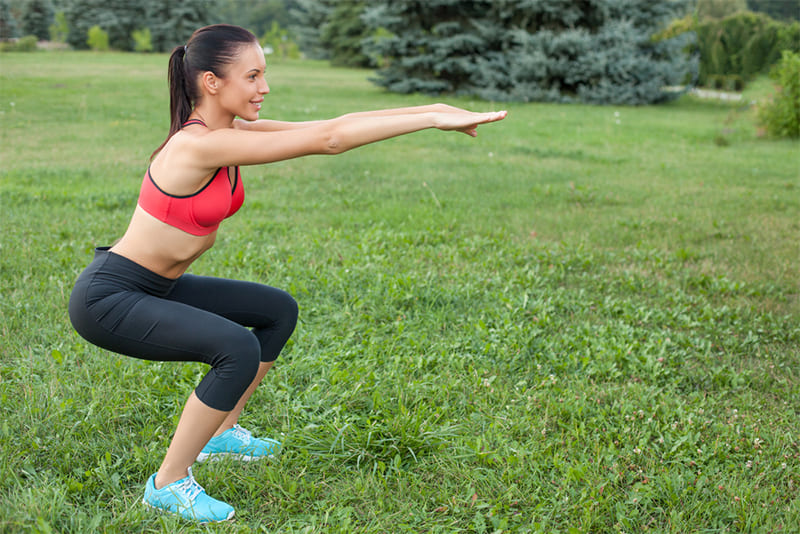
Squats work a variety of different muscles, including:
- Glutes
- Abs
- Calves
- Hamstrings
- Quads
To perform a squat, stand with your feet a bit wider than the width of your shoulders. Point your toes slightly outwards. For an extra workout, you can add weights. If you’re using a barbell, make sure it’s resting on your trapezius muscles behind your neck. Then, bend your knees and push your hips backward as if you were sitting on a chair so that your thighs are parallel to the floor. Then, straighten your knees.
Exercise #4
Bird Dog
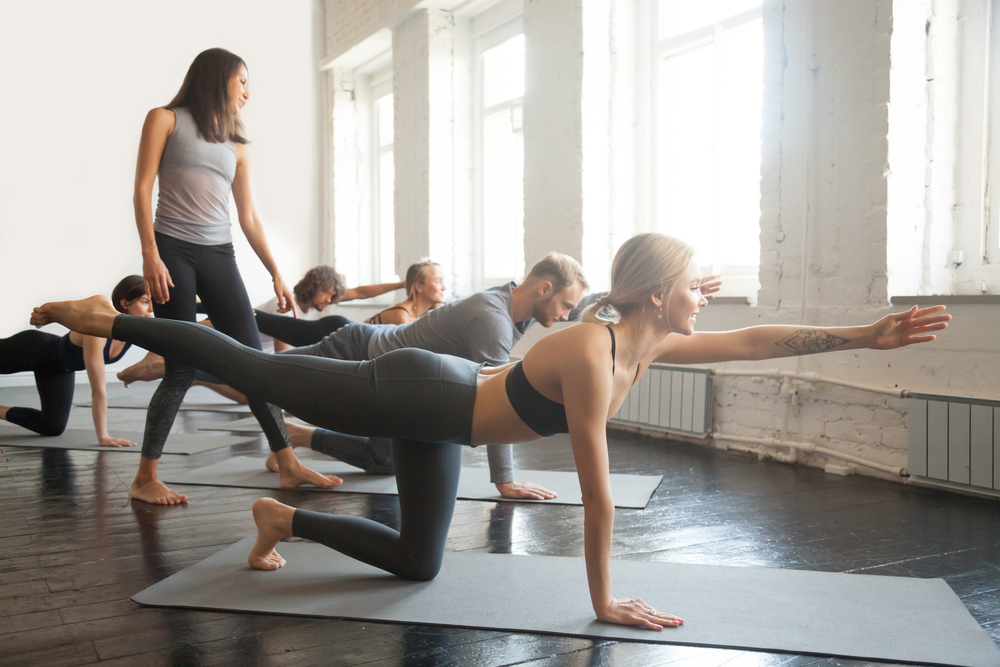
The bird dog pose is a yoga pose that resembles a hunting dog pointing out its prey with its nose to a hunter. To do the bird dog pose, start on your hands and knees, with your hands directly under your shoulders and your knees directly under your hips. Then, lift your right arm out in front of you and your left leg out behind you so that they are straight. Return to the starting position and then perform the same motions with your left arm and right leg.
Exercise #5
Split Tabletop
To do a split tabletop, lay on the floor and lift your legs so that your thighs are perpendicular to the floor. Your knees should be bent at a 90-degree angle and parallel to the floor. Your abs and thigh muscles should be engaged even while you’re in the starting position. Then, let your legs slowly open to the sides. Just as slowly, lift your legs, closing them to return to the starting position.
Exercise #6
Marches
To perform marches, lay on the floor on your back. Pull your feet in toward your bottom so that your knees are bent. Then, making sure that your core and pelvic floor muscles are engaged, lift one leg up toward your chest, keeping it bent, while the other leg remains where it is with your foot on the floor. Next, switch your legs. Continue switching legs to create a marching motion. This exercise is also called toe taps.
Exercise #7
Heel Slides
To perform a heel slide, lay on the floor on your back with your legs out straight in front of you. Then, slide one heel up toward your bottom, bending the knee as you do so. Swap legs. Make sure that your core and your pelvic floor muscles are engaged while doing this exercise.
Exercise #8
Happy Baby Pose
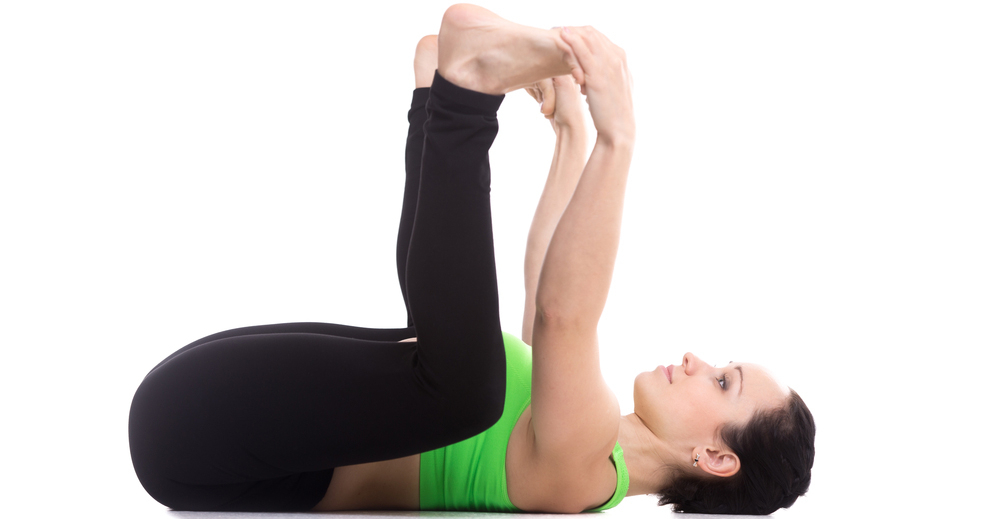
The happy baby pose is a yoga stretch that can help to stretch out your pelvic floor muscles. To perform this stretch, lay on your back on the floor. Then, bring your knees up toward your stomach so that the soles of your feet are pointing upwards. Then, grab your feet with your hands. It doesn’t matter whether you do so from the inside or outside. Once you have your feet gripped in your hands, open your knees so that they’re just wider than the width of your torso. Lift your feet so that they are pointing straight up and pull them up toward your shoulders. Your ankles should be just above your knees.
For informational purposes only.











